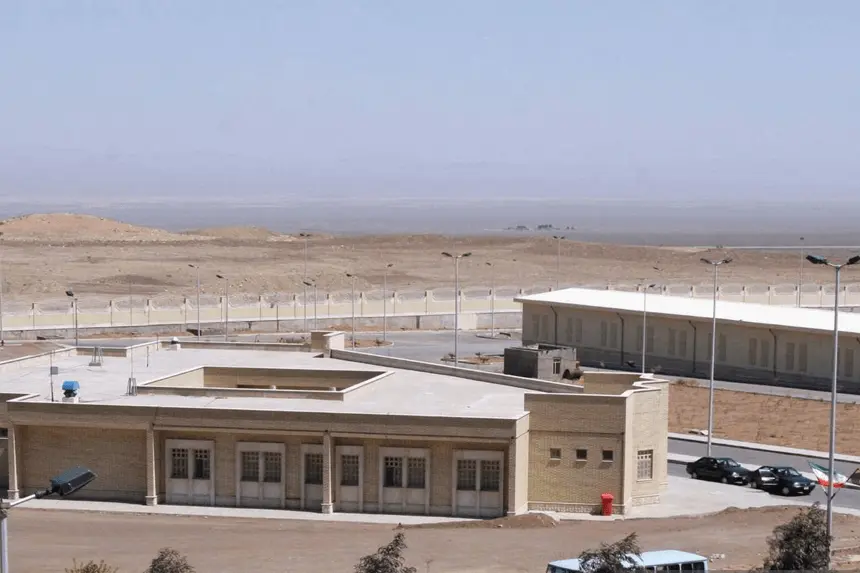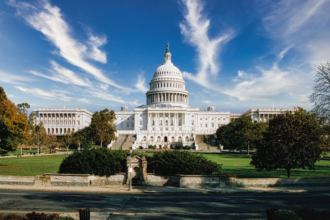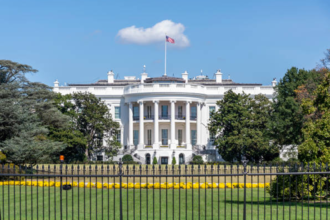The latest US strikes have been quoted to have caused serious damage to the nuclear facilities, leaving the atomic ambitions of Tehran years behind. Important facilities hit were Natanz, Fordo, and Isfahan, as they were heavily damaged, and smart photos used satellite imagery was used to show vast surface damage. Although the US intelligence Staple says that the sites will require a comprehensive rebuilding, Iranian authorities have given mixed reactions, where some admit the existence of damage, whilst others dismiss it. The strikes have attracted attention from the world at large, with others being worried about the possibility of increased tension in the already volatile Middle East. Although it was initially assessed by the Pentagon that the effect would not be as far-reaching, the CIA is adamant that the damage is long-term and strategic. This operation will be a turning point in the history of the relations between the United States and Iran and the security of the region.
- What was the reason behind the US attacks on Iran’s nuclear plant?
- What was the evaluation of the CIA about the consequences of the attacks?
- Which contradictory reports have become a feature of US intelligence?
- Was the damage as reported by the satellite photograph confirmed?
- How does Iran react to the US attacks?
- What has the international community done?
- What are the political consequences of this to the US?
- Can there be more US-Iran talks in the future?
- What effect will this have in the long term on the nuclear capabilities of Iran?
- Final Thoughts
What was the reason behind the US attacks on Iran’s nuclear plant?
After the increased tensions in the Middle East, the United States introduced a massive military operation eying Iran’s nuclear plants. Although the White House did not release the timeline of the strike publicly, it was strategic, as it is obvious. Using 125 military airplanes, the operation targeted the three main Iranian nuclear facilities, namely, Natanz, Fordo, and Isfahan.
Its action was intended to jeopardize the nuclear potential of Iran, which has always been a bother to the Western powers despite Tehran declaring that it was using it as a peaceful enterprise. The operation occurs during the unstable ceasefire attempts in the current conflict between Israel and Iran in the region. Here is the link to our article on Israel Continues Strikes
What was the evaluation of the CIA about the consequences of the attacks?
According to John Ratcliffe, the Director of the CIA, the Iranian nuclear installations were severely damaged due to the strikes. Based on intelligence reports, infrastructure facilities at locations of target locations were destroyed. Although Ratcliffe did not say that the nuclear program in Iran had been destroyed, he stated that several years of work on the nuclear program had been taken away.
To cement this further, the CIA quoted the historical sources as being very reliable since they indicated the involved facilities would be in dire need of complete rebuilding. Any possible nuclear ambitions of Iran may be halted by years of projections on how to restore them.
Which contradictory reports have become a feature of US intelligence?
A preliminary Pentagon report had cast doubt over the effectiveness of the mission just a day before the statement by Ratcliffe. Such an evaluation implied that critical elements of Iran’s nuclear plants may be left in place. This elicited a public rebuke by President Donald Trump, who maintained that the operation was an out-and-out success and the media was misinforming the masses.
Such a difference in intelligence reports is not an exceptional one. There are 18 intelligence agencies in the United States, and each of them provides information depending on their areas of concern. The diverging assessment is a factor in the study process, particularly when events are fast developing.
Was the damage as reported by the satellite photograph confirmed?
Recent satellite images found major craters around the entrance to the Fordo and Isfahan nuclear plants. Even though this affirmed that an infrastructure on the surface was hit, analysts are yet to ascertain whether underground structures have been affected.
Such high bunkers might be constructed in places where they can resist significant bombardment, so they may contain some of Iran’s stockpile of enriched uranium or sensitive equipment. US officials made it clear that this is all initial analysis and that it may change as larger amounts of intelligence come to light.
How does Iran react to the US attacks?
There has been an official admission by Iranian officials that damage was caused. A spokesman of the foreign ministry has acknowledged that nuclear facilities were “severely damaged,” with few details available. Conversely, one of the advisers to the Iranian parliament made a crack at this by asserting that no damage, perhaps irreparable though it is, was done.
Tehran holds that its nuclear program is non-military and was aimed at supplying energy to civilians. But the strike has met strong criticism, with Iran threatening to retaliate and declaring that it would never stop its program. Here is the link to our article on Iran Targets Revenge
What has the international community done?
There has been a mixed reaction. On the one hand, some of the US allies consider the strike to have been a decisive action to counter the possible nuclear escalation; on the other hand, some fear that it may put the entire region into further conflict as it is today.
Even the United Nations nuclear watchdog chimed in, saying that Iran could have transferred part of its stockpile of enriched uranium before the strikes. This brings out doubts about whether the strategic advantage that was gained by the operation is real.
What are the political consequences of this to the US?
The strike has gained importance within the politics of the US. Trump reaffirmed his administration’s position by defending the raid and calling any contrary reports fake news. He gave a press conference to take the Pentagon to elaborate on the success of the mission and justify the soldiers and officials participating in the mission.
This military intervention also overlaps with the rest of the Trump Middle East policy, such as helping broker ceasefires and putting pressure on Iran to drop its nuclear aspirations. There is, however, doubt on whether Iran would go back to the negotiation table.
Can there be more US-Iran talks in the future?
Though no formal talks have been verified by Tehran, the US officials indicate that there has been experience of both direct and indirect talks. The spokesperson of Washington in the Middle East said that negotiations are likely to become a reality shortly, yet the political temperature is still high.
President Trump alluded to wanting Iran to give binding assurance of abandoning its nuclear quest. It is still not clear whether Iran would accept such conditions after it suffered a massive attack on its installations.
What effect will this have in the long term on the nuclear capabilities of Iran?
Future effects of the same are not yet clear. Nevertheless, the US intelligence agencies are claiming that it might take years to restore the damaged Iranian nuclear facilities. Such a slowdown is part of the strategic consideration of the US and its allies, who have aimed at ensuring that Iran does not become a nuclear-armed nation.
This sentiment was buttressed by a report of the Israeli Atomic Energy Commission, which indicated that the attack on Fordo had wiped out important infrastructure and had set the Iranian nuclear program back.
Nevertheless, one should not ignore the potential of Iran in terms of quick reconstruction and the network of solidarity in the region. The history has presented evidence that its nuclear aspirations have suffered several setbacks.
Final Thoughts
The new wave of US attacks against Iranian nuclear facilities marks a critical escalation in the standoff over Iranian nuclear ambitions. While American intelligence claims the damage is extensive, some early assessments remain disputed. Iran, meanwhile, sends mixed signals—acknowledging the damage but vowing resilience. As both sides prepare for possible talks or further conflict, the geopolitical weight surrounding Iran’s nuclear facilities has never been higher. Whether this operation leads to deterrence and peace or fuels further instability remains uncertain. The coming weeks will reveal the true impact of this high-stakes military action.








